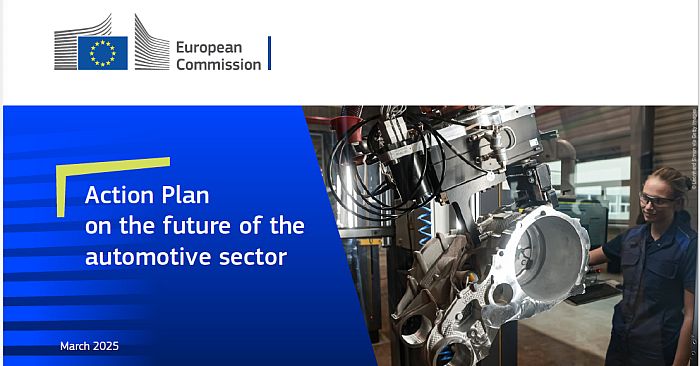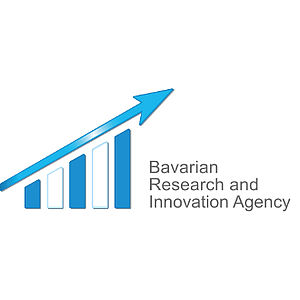
A changing industry: An action plan for the European automotive industry
The challenge is huge: raw material dependency, a global war for talent, unpredictable supply chains and state-sponsored competition from overseas are putting pressure on the industry. Batteries, software and infotainment are the key technologies of the future - and Europe risks being left behind.
European automotive industry supports 13.8 million jobs
While other countries are pumping billions into subsidies, the EU's Action Plan is pursuing its own strategy: targeted investment, a level playing field and a strong industrial base. After all, the European automotive industry supports 13.8 million jobs in the EU and contributes 7% to its GDP.
Five key pillars for a sustainable automotive industry
- Innovation & Digitalisation: The EU is planning a massive expansion of AI, software and sensor technologies. Large-scale test tracks for autonomous vehicles are to be created by 2026. In addition, an alliance for connected and autonomous vehicles will be set up to ensure Europe's technological leadership. Between 2025 and 2027, around €1 billion will be made available to the automotive sector through the EIC and Horizon Europe partnerships. Of this, €350 million is earmarked for funding the entire battery value chain. While overseas competitors are investing significant resources in research and development of new battery technologies, with massive government support, the EU is putting a clear focus on battery innovation through the Horizon Europe partnership BATT4EU. The entire European value chain for next generation batteries, including recycling, will be supported through close collaboration with advanced manufacturing and materials partnerships.
Horizon Europe funding: In addition to EIC funding, public and private investment will be channelled into new battery technologies. A total of €1 billion is available for the automotive sector over the period 2025-2027, a significant part of which is funded by the European Innovation Council. In the future, specialised partnerships for targeted actions could be brought together in a separate programme for the automotive sector.
- Clean mobility: The focus is on stricter CO2 targets, support for zero-emission vehicles and the development of charging infrastructure. A social leasing model should make EVs affordable for lower income groups.
- Competitiveness and supply chain resilience: The EU is investing billions in battery production to reduce its dependence on Asia. Targeted funding will strengthen European raw material supply chains.
- Skills & social responsibility: A 'Fair Transition Monitor' will minimise job losses and promote retraining. The EU is focusing on targeted training initiatives to address skills shortages.
- A level playing field & economic security: Trade agreements, safeguards against unfair competition and a simplification of EU regulation will create advantages for European manufacturers.
Conclusion: With billions of euros of investment and regulatory adjustments, the EU is making its automotive industry fit for the future. But success also depends on rapid implementation in the member states.
Further information can be found here.
An Industrial Plan for the European Automobile Sector
Factsheet on the Action Plan for the Automobile Sectorlsektor





